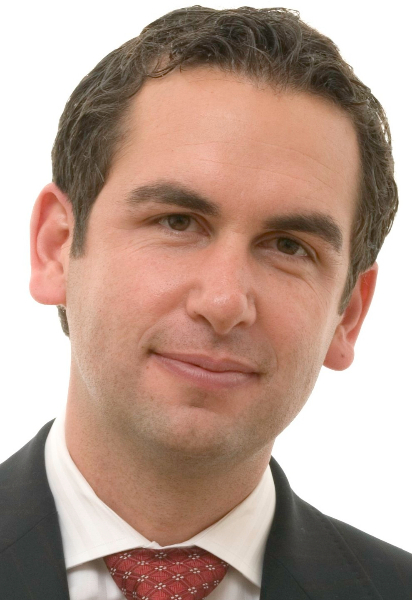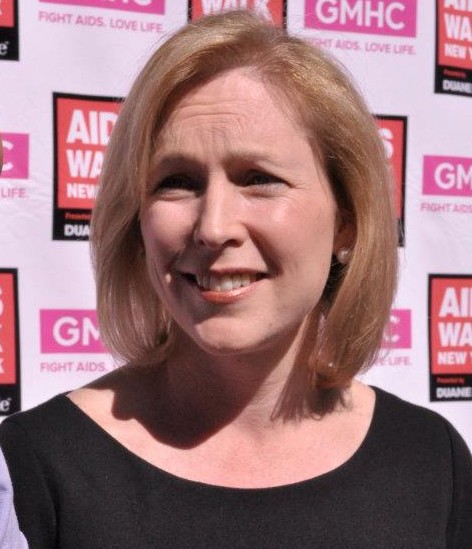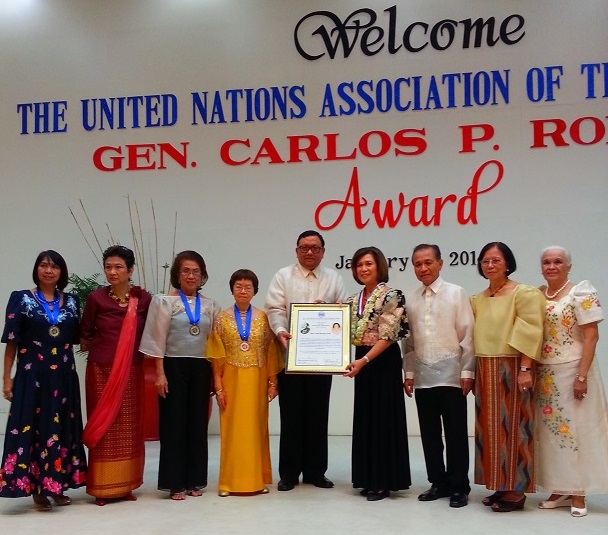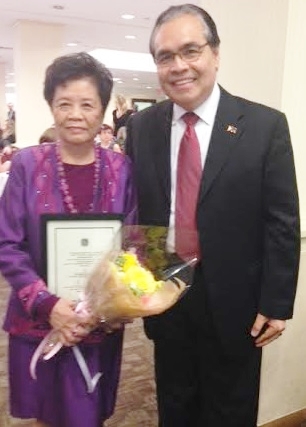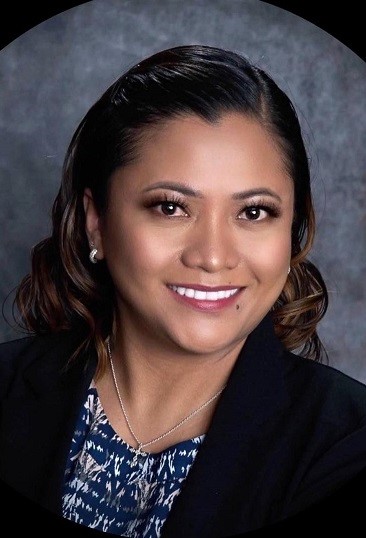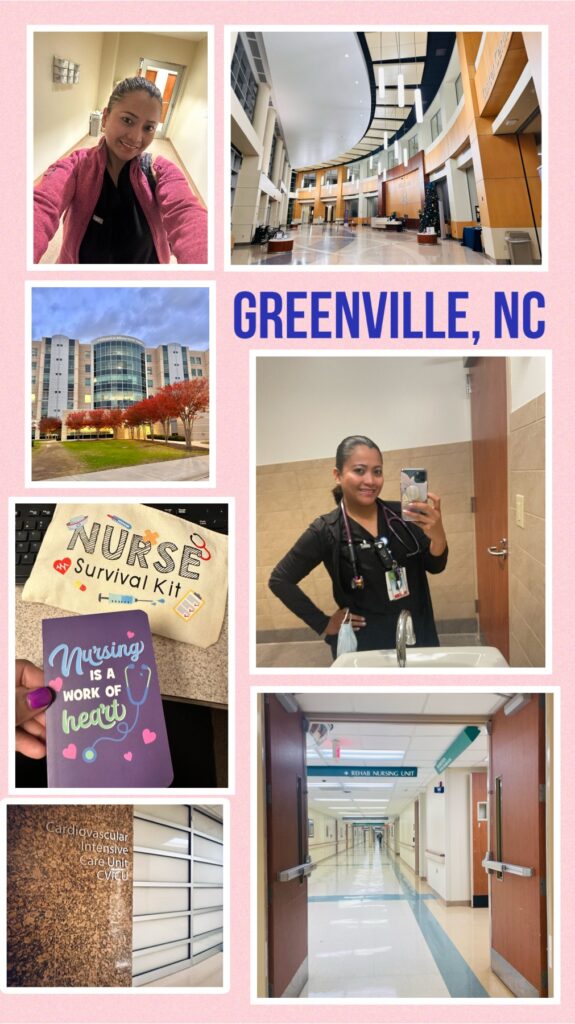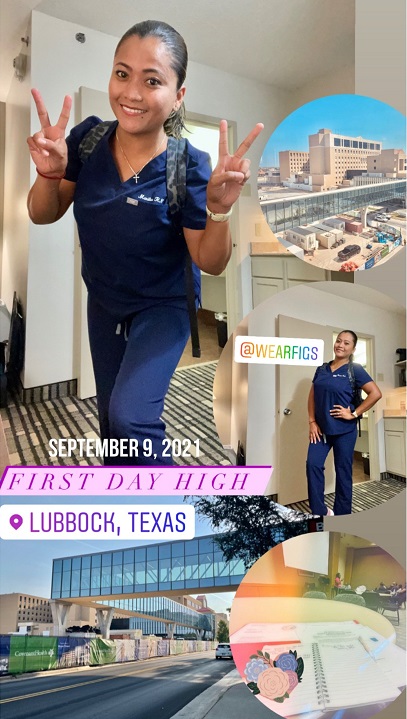Life on the road for travel nurse Mariles Rallos Mushet
By Cristina DC Pastor
There’s a breed of nurses who jumps from hospital to hospital, state to state, get better pay but no benefits, and are happy over their ever-changing workplaces.
They are called “travel nurses,” and there are about 1.7 million of them in the U.S.
Mariles Rallos Mushet is a travel nurse from New Jersey who has moved to Nyack, New York; to Lubbock, Texas; to Greenville, North Carolina and is now working in New Bern, NC. She began working as a travel nurse in 2021 when her then N.J. employer was recruiting for the job with a tempting salary and she was experiencing burnout “due to the stress of the pandemic.”
“I took the leap of faith,” she said when interviewed by The FilAm. “I am the breadwinner for my family in the Philippines and I was self-supporting my graduate studies.”
The job, indeed, pays well. Plus, it allows her to take breaks between assignments to “rest and recharge.” It allows her to support her family in the Philippines and complete her Master of Science in Nursing at William Paterson University in 2023. A contract usually runs for 13 weeks but can be extended.
“Contracts can vary significantly based on several factors, including the travel nursing agency, the healthcare facility, location, duration of the assignment, and the specific needs of the facility,” said Mushet from Minglanilla, Cebu who is married to an American of Scottish German roots. They have an 11-year-old son.
Travel nursing can be a “rewarding and fulfilling” career choice that allows the individual to meet new people and engage in diverse activities during assignments. Mushet said “it has taught me the sense of flexibility, to step out of my comfort zone, adapt to new environments, and overcome obstacles.” As a person, she acknowledged being the type who “enjoys new challenges, opportunities for growth, and the excitement of exploring different places.”
There are 1,733,502 travel nurses in the U.S., according to 2021 research data from career site Zippia.com. This was out of an estimated 4 million registered nurses, about 632,000 licensed practical or vocational nurses, and258,000 nurse practitioners based on 2022 labor data.
Zippia also states that:
-84.1% of all traveling nurses are women
-The average traveling nurse age is 43 years old
-The most common ethnicity of traveling nurses is White (65.8%), followed by Black or African American (11.9%), Asian (8.9%) and Hispanic or Latino (8.7%)
-9% of all traveling nurses are LGBT
Mushet, 38, said being a travel nurse comes with its own set of drawbacks, such as having to “adapt quickly to new work environments, team dynamics, and patient populations and getting only three days of orientation.” New RN hires are allowed at least four to six weeks of orientation, she said.
Also, maintaining multiple state licenses and certifications can be “cumbersome and costly.” She is fortunate to have NJ, NY and NC nursing licenses. Texas was able to issue her a temporary nursing license which was good for six months and later renewed.
“While we often receive higher pay rates, travel nurses may not always have access to the same benefits as permanent staff, such as retirement plans, paid time off, or job stability,” she shared. “Our travel contracts could be terminated abruptly while in effect, sometimes we experience an unforeseen reduction in pay, and a number of companies do not provide sick leave, meaning that any absences due to illness will result in a deduction from our salary.”
The emotional cost is something she grapples with as a nomadic nurse.
“Having a school-age son, working out of state can be difficult,” she said. “I am blessed to have a very supportive husband that takes care of my son while I am on assignments. I make sure I have time to communicate with them through FaceTime, and I fly home once a month to see my family.”
Her favorite assignment, thus far has been in a Level I trauma hospital in Greenville, NC where she became a part of the central staff nursing float pool that covered different areas in the hospital, such as critical care, progressive care, telemetry, and inpatient rehab.
“These diverse and complex clinical experiences honed me to be a better bedside nurse, and make a difference to each patient I care for,” she said.
Mushet said she tried staying in one hospital for five years after graduating from the University of Cebu College of Nursing, Banilad Campus in 2007 and working as a critical and cardiac care nurse. In May of 2023, she completed her Master of Science in Nursing at William Paterson University and passed her National Board certifications as an Adult Gerontology Nurse Practitioner in Primary Care.
The journey may be fraught with the familiar challenges but overall, Mushet said she enjoys life on the road.
“The journey has been great, and I am very grateful to God for giving me the strength to complete each assignment,” she said. “And let me tell you. Working alongside my fellow Filipino nurses in all the hospitals I traveled to. They have been amazing to work with.”
© The FilAm 2024

